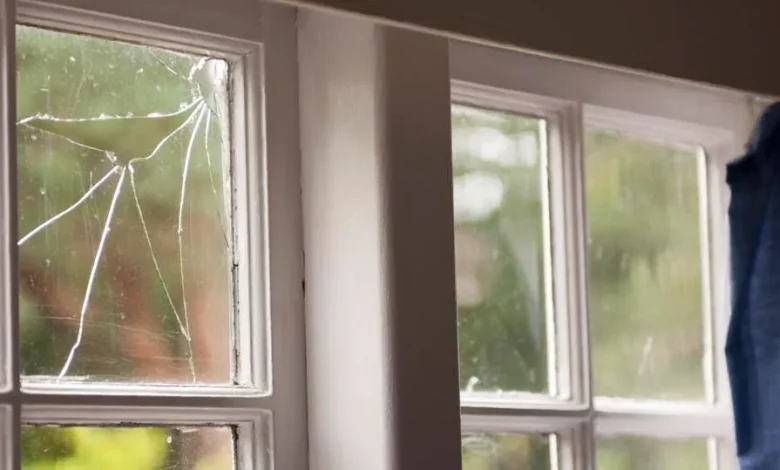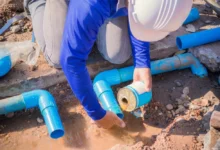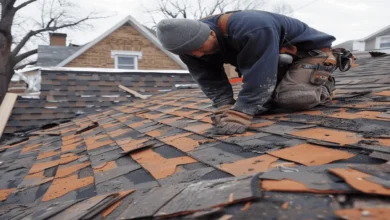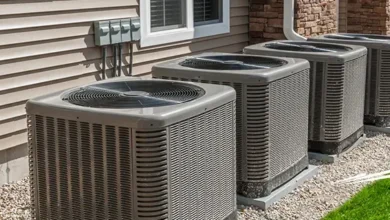How to Repair Windows Affected by Storm Damage?

Storms can wreak havoc on our homes; windows are often among the first casualties. When high winds, heavy rain, or hail strike, they can leave windows cracked, shattered, or improperly sealed, leading to potential water damage and reduced energy efficiency. Addressing these issues promptly is crucial to maintaining the integrity of your home. We will explore effective methods for home window repair san marcos affected by storm damage, ensuring your home remains safe, secure, and comfortable.
Assessing the Damage
Before making repairs, it’s essential to thoroughly assess the extent of the damage. Begin by examining the window frame, glass, and surrounding areas for any signs of wear or harm. Look for cracks, shattered glass, or dislodged frames that could allow water infiltration or drafts. A careful evaluation will help you determine whether the window can be repaired or needs replacement.
A simple repair will suffice for minor cracks or chips in the glass. However, consider a full window replacement if the window is severely damaged or the frame is compromised. Take notes and photographs of the damage for reference, which can also be helpful if you need to file an insurance claim. Understanding the type of window you are dealing with is equally important. Different styles, such as single-hung, double-hung, or sliding windows, may require varying repair techniques and materials.
Gathering the Right Tools and Materials
Once you have assessed the damage and determined the necessary repairs, the next step is to gather the right tools and materials. Having everything prepared in advance can streamline the process and minimize disruptions. For basic window repairs, you will need a utility knife, glass cutter, hammer, caulk gun, and safety goggles.
In addition to tools, ensure you have the appropriate materials on hand. Depending on the extent of the damage, you may need replacement glass, wood for frame repairs, weather stripping, and caulk. If you’re dealing with broken or cracked glass, it’s important to use tempered glass or safety glass to ensure durability and safety. Local hardware stores typically carry a variety of materials suitable for window repairs, so you can easily find what you need. As you gather materials, keep safety in mind. Always wear protective gloves and goggles to shield yourself from injuries while handling glass and tools.
Repairing Minor Damage to Window Frames
If your assessment reveals that the window frame has minor damage, such as small cracks or splintering wood, it can often be repaired with simple techniques. For wooden frames, use wood filler to fill in any cracks or holes. Apply the filler according to the manufacturer’s instructions, smoothing it out to ensure an even surface. Once it dries, sand it down until it is flush with the surrounding wood, then repaint or stain as needed to match the existing finish.
For vinyl or aluminum frames, inspect for cracks or bends. Small cracks can be filled with a compatible adhesive or sealant specifically designed for that material. After applying the adhesive, ensure it sets according to the instructions. Carefully try to bend the frame back into shape if the frame is bent. However, if the damage is extensive, consider replacing the frame to maintain structural integrity and aesthetics. It’s important to remember that a well-maintained frame not only enhances the appearance of your home but also plays a crucial role in energy efficiency.
Replacing Broken or Cracked Glass
If the glass in your window is broken or cracked, replacing it is essential for restoring its functionality. Start by carefully removing any remaining glass shards from the frame, using gloves to protect your hands from cuts. For windows with single panes, use a glass cutter to measure and cut a new piece of glass that fits the frame snugly. Ensure you follow safety procedures while handling glass, as sharp edges pose a risk.
The process is slightly more complex if you are dealing with double-paned windows due to the sealed units. It may be necessary to consult a professional to ensure proper replacement, as they will have the expertise and tools needed to handle these specific glass types. Once the new glass is prepared, apply a bead of caulk around the frame’s perimeter to create a watertight seal before setting the new glass into place. Secure it with glazing points or clips as necessary. Finally, additional caulk around the edges should be used to ensure a proper seal, preventing future air and water leaks.
Repairing windows affected by storm damage is a vital aspect of home maintenance that requires careful assessment and action. Each step plays a critical role in restoring your home’s functionality and security, from evaluating the damage to gathering the right tools, executing repairs, and sealing windows. Regular maintenance after repairs can help ensure your windows stand up to future storms, contributing to your home’s overall safety and energy efficiency. By taking these steps, you can protect your investment and create a comfortable living environment for you and your family.





